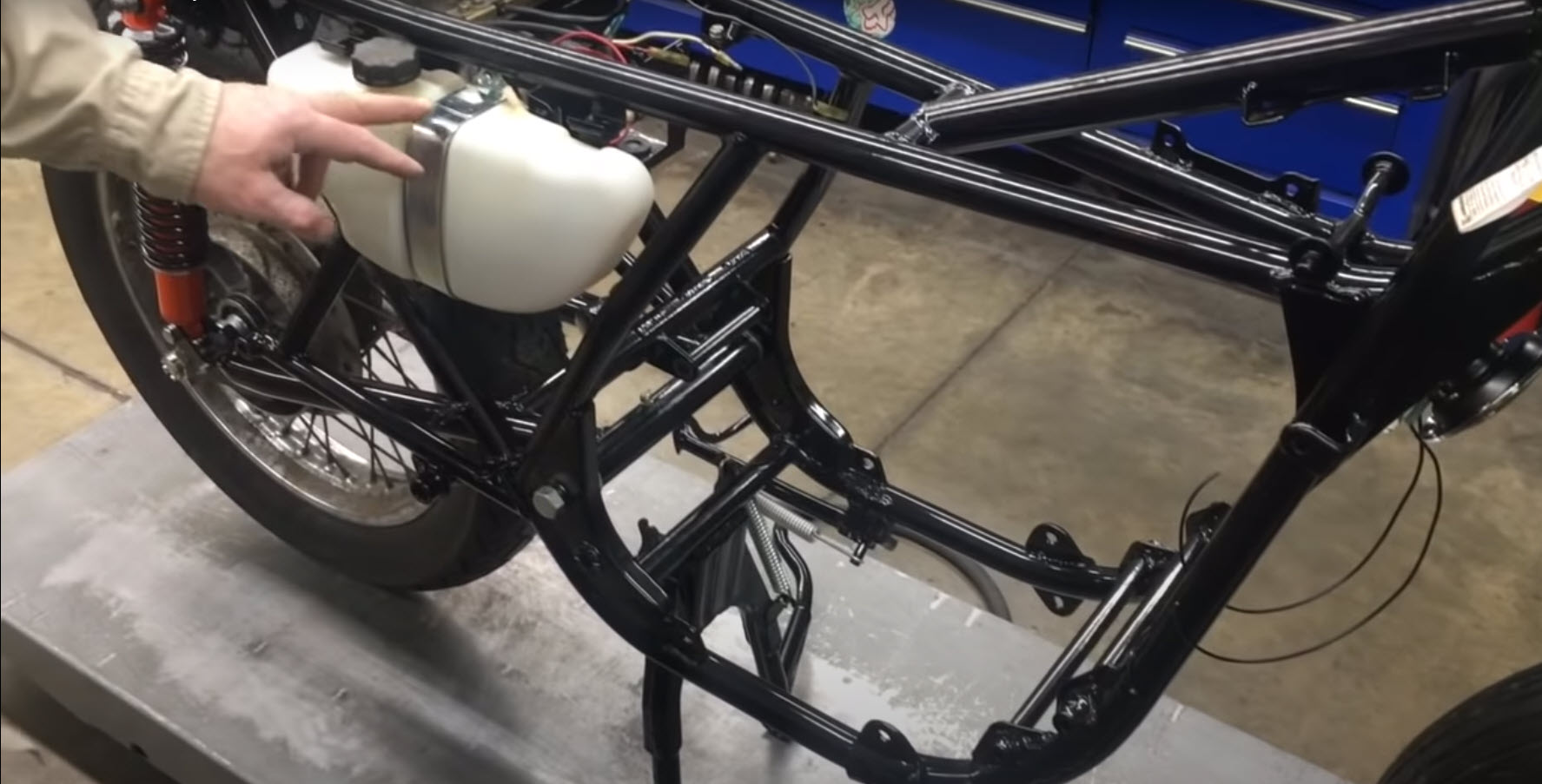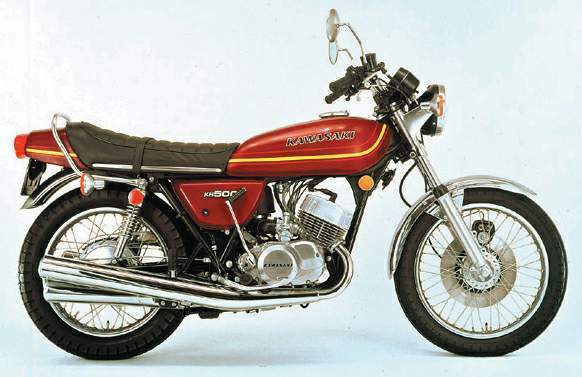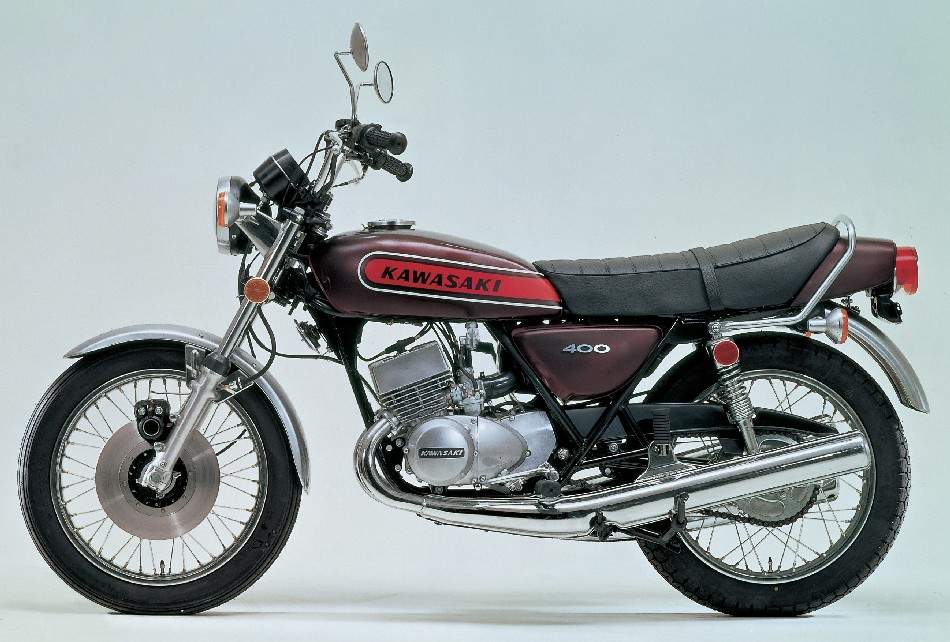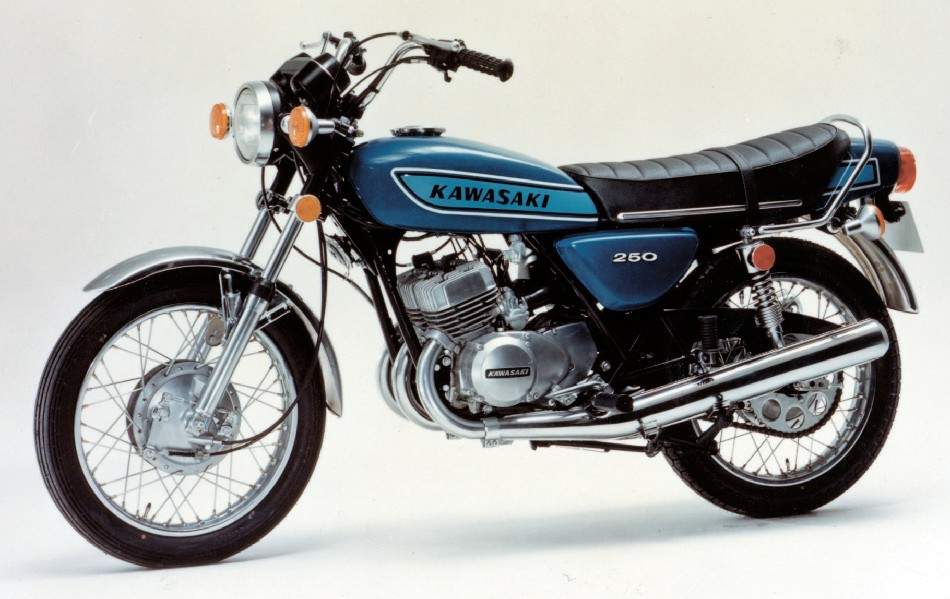The Kawasaki Triple Motorcycles were a brand new invention from the renowned company Kawasaki Heavy Industries, specifically by its motorcycle and engine division, manufactured from 1968 to 1980.
Visit our Sponsor: Lawn Care Bradenton
The products consisted in street bikes with CDI (Capacitor Discharge Ignition) – a brand new feature for the era – and an inline three-cylinder arrangement after several tests and tries to improve one of their pre-existing engines; yet, the final result was a totally new apparatus that proved to be the fastest one for the time period.
The first sample launched to the market was the Mach III H1 500 in 1968 that settled the image the company was trying to portray with this new series: a braver, more adventurous and reckless form of motorcycling. Ever since the start, this project’s goal was to create the most powerful motorcycle mechanism in the world, in which it succeeded; the Kawasaki Triples were the speediest bikes for the time and the company quickly made it known that they were for professional riders only and shouldn’t be rode by beginners. The adrenaline-craving customers took an instant liking for this new bikes, the latter’s which enjoyed a fair commercial popularity, but that didn’t come without its downsides. Despite the stylish design, the high speed and more innovative characteristics, the Triples had many risks within them, especially in regards of their poor handling and brakes.
Their broad reputation came from their crusades with the authorities rather than with the riders, even some experienced racers expressed their doubts about performing with the Kawasaki Triples for not even they viewed them as safe.
The charm of the bikes was about their brashness, high speed and starkness; their highest risk lay on their two-stroke engine.
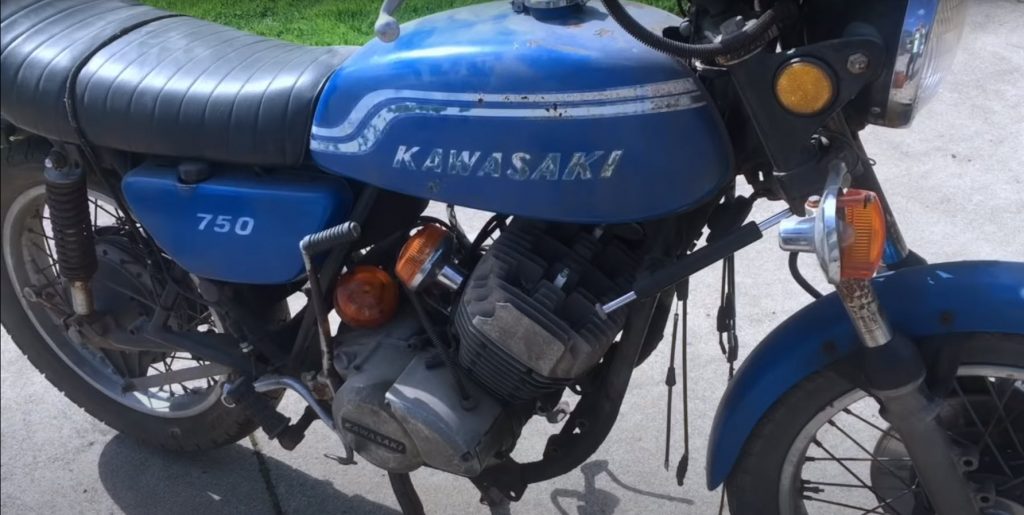
It tended to experiment a sudden augment in power curve with very few stimulation or response up until it released as a blast of power about 5,000 rpm and consequently caused a shocking takeoff of the front wheel – known nowadays as “wheelie”, though it had never been witnessed by the time the Kawasaki Triples were still in the market.
Their poor handling and poor braking were issues noticed by many motorcycle critics around the world, although from the 60’s to the 80’s it wasn’t’ uncommon for similar vehicles to suffer from rather ineffective brake pedals. Besides, they were extremely noisy and consumed too much combustible, exuding too much polluting gas through their escape tube as a consequence.
They were all of this observations and complaints the ones that added between themselves to make for the Kawasaki Triple’s withdrawal from the market, though the pollution regulations were the ones with a higher influence on the decision.
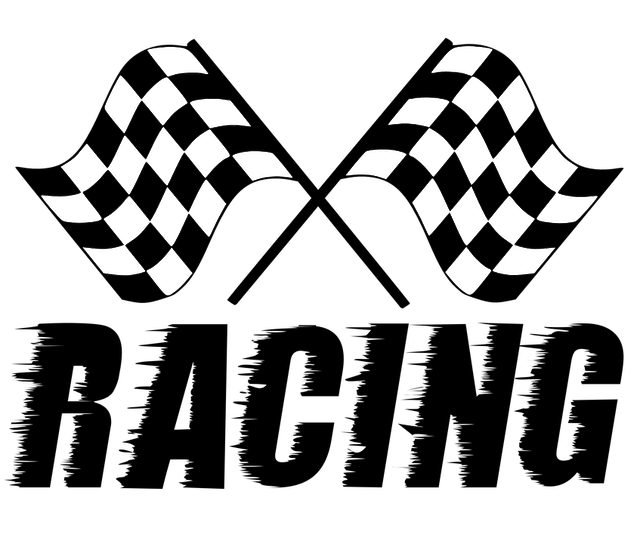
Ultimately, the company decided to use the feedback and negative reviews from their last try for delivering a brand new product in 1972: their postponed inline-four four-stroke, the Z1.
This new bike counted with acceptable brake pedals and handling, comfortable seating, and did not burn up fuel. It quickly became another commercial success, even though it was priced higher for its improved features, ultimately proving the public saw quality before price.
As of now, the Kawasaki Triples are viewed as great motorcycle relics that still keep their adrenaline-craving appeal.
Thank you for visiting today. We hope you the article informative and actionable. If you have any comments or questions, please contact us. Do you have any tips to share? If so, please submit your suggestions or tips to us. If we end up using one on our website, we will give you full credit. Are you in need of Bradenton Lawn care? Visit our sponsor, as that’s their specialty.

